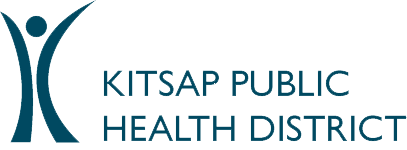Respiratory Illness Report: Week 22 (5/25/2025 – 5/31/2025)
In week ending May 31, local indicators for influenza, COVID-19, and respiratory syncytial virus (RSV) remained minimal. Regional laboratory surveillance most frequently detected rhinovirus among clinical respiratory specimens. Fewer than 10 emergency department (ED) visits were attributable to influenza, COVID-19, or to RSV. Kitsap sentinel reporting labs reported 9 positive COVID-19 tests (2.5% of specimens tested), 14 positive … Respiratory Illness Report: Week 22 (5/25/2025 – 5/31/2025)
